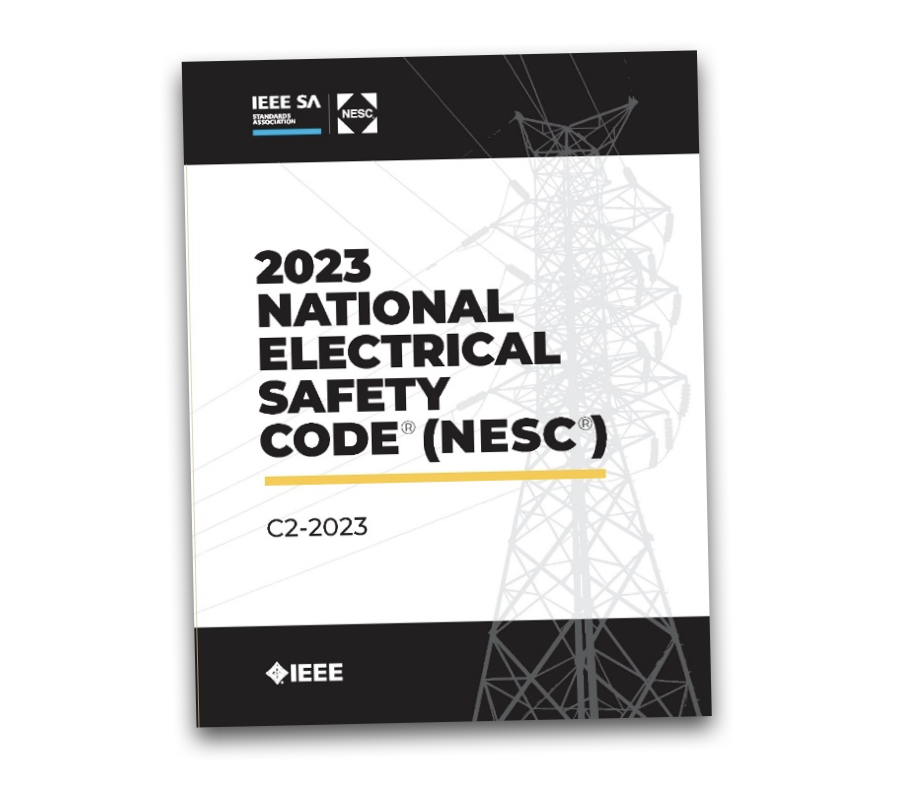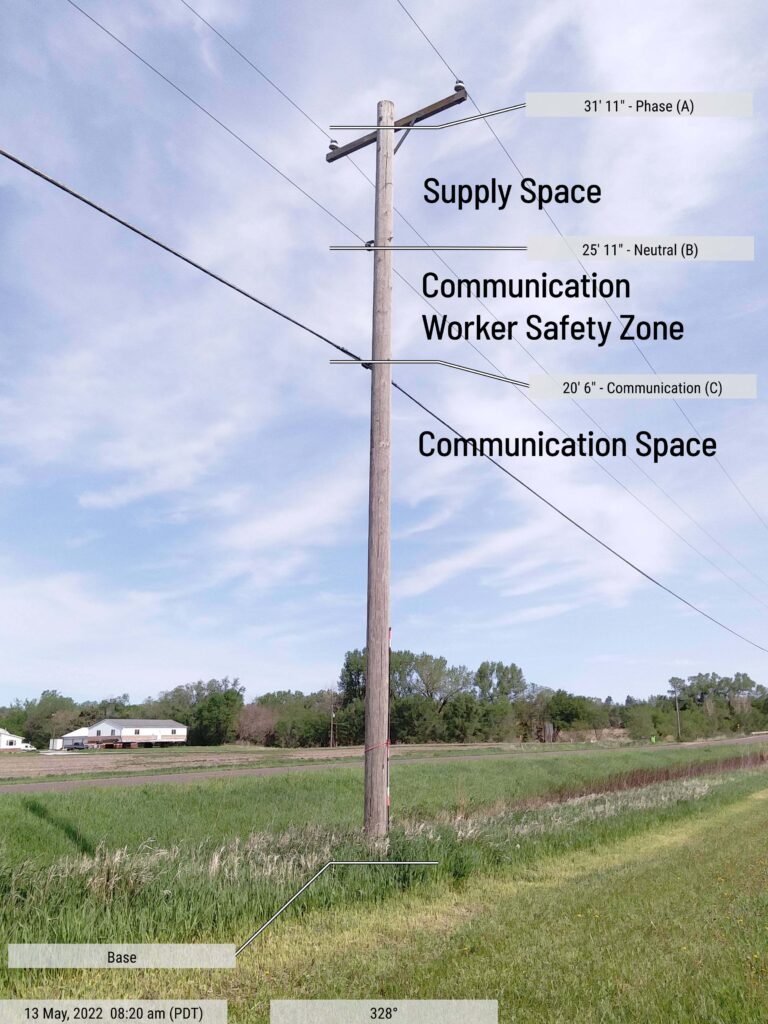The PoleOS™ Company
Why are high voltage overhead wires bare?
The electrical cords that help power everyday life in our homes and workplaces are covered with insulation to keep us from coming into contact with exposed electrical wires. Many people are therefore surprised to learn that the overhead power lines carrying electricity to our homes and workplaces are bare wires. Because those lines carry thousands or tens of thousands of volts, it seems hard to believe they wouldn’t also be covered with protective insulation.
With fires caused by electric lines frequently making the news, the public is becoming more aware that these wires are, in fact, bare.
Recent lawsuits resulting from the fires in Hawaii have made national headlines with claims that “bare electrical wire and leaning poles on Maui were a possible cause of deadly fires.” Here in eastern Washington where I live, a similar lawsuit claims the electric utility “designed its power lines to be bare, uncovered, and carry a high electricity voltage.”
Articles such as these have the public asking a logical question. Are “bare wires” a serious hazard?
All wires carrying dangerous levels of voltage are a serious hazard, and people need to be protected from them. One way of protecting against the hazards of high-voltage wires is to envelop them with an insulating covering that is rated for the wire’s voltage.
Wiring in buildings and underground utility electric lines use this method. Strange as it may sound to the public, air is a good insulator. Another way of insulating wires is to place them out of reach, high above the ground where they are effectively insulated by air. Because transmission lines operate at hundreds of thousands of volts, it isn’t practical to cover them with enough insulation to contain that level of voltage. Nor is it practical to cover all overhead distribution lines which, as we’ve previously discussed, is why overhead electric utility lines are usually insulated by air.
The voltage in overhead wires is still dangerous no matter how they are insulated. Covered wires need to have adequate insulation and physical and electrical protection needs to be maintained. You may have picked up an old extension cord and found exposed wires where the plug is pulling out or where the cable covering has been damaged. The high-voltage lines used by utility companies are often used for decades after their initial installation and can have similar problems.
This is why the National Electrical Safety Code (NESC) is so important.

For overhead lines, the NESC contains multiple rules to keep the public and utility workers safe. The NESC specifies a minimum distance above ground for different voltages and cables. It specifies wind, ice, and temperature loads and the safety factors that need to be used to make sure poles can keep the wires away from the public. The Code requires that utilities routinely inspect lines for problems and maintain them in a safe condition.
For insulated underground lines, the NESC specifies how deep cables need to be buried, how equipment is grounded, and that the equipment itself needs to be inspected routinely to maintain safe conditions. Coming into contact with underground cables while digging is just as dangerous as using a metal ladder to climb too close to overhead power lines.
The most important part of keeping the public safe isn’t whether the wires are bare or covered, it’s maintaining the conditions required by the NESC. For overhead lines insulated by air, that means keeping the wires high enough to be safe. For insulated underground lines, that means burying them deep enough and replacing any cables with damaged or aging insulation.

Utility engineers, designers, and field workers need to understand the NESC and follow the safety rules it provides. The NESC details clearances to keep the public and workers safe, strength and loading requirements to keep the wires where they are, and work practices to keep power and communication workers safe when they work near energized lines.
If you work at an electric or communication utility, know the Code and keep the public and your coworkers safe.
Grant Glaus is a registered professional electrical engineer with 25 years of experience in electric utility engineering, including line design, planning studies, joint use, and teaching NESC®, OSHA, and distribution line design classes. He has served on NESC® Subcommittee 5, Overhead Lines – Strengths and Loadings since 2006.
Learn more about NESC and OSHA training classes with IKE here.
The latest from the IKE Wire
Celebrating 2025 Achievements in Field Data Collection: Luck Grove Leader in Utility Pole Collection
Utility engineering experts top 220,000 collections in 2025 As we close out 2025, the...
Read MorePole Attachment Tips for Successful BEAD Deployments
Four tips to reduce friction in attachment processes The Broadband Equity Access and ...
Read MoreUnderstanding the NESC rules for streetlights in the Communication Worker Safety Zone
In an earlier blog post, we explored the Communication Worker Safety Zone – its...
Read MoreSubscribe to the IKE Wire
Get the latest insights on data acquisition and structural analysis from the ikeGPS experts.




